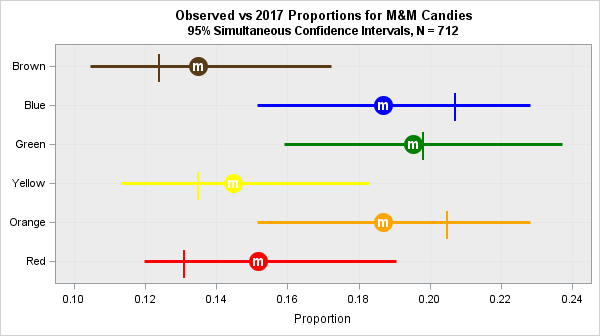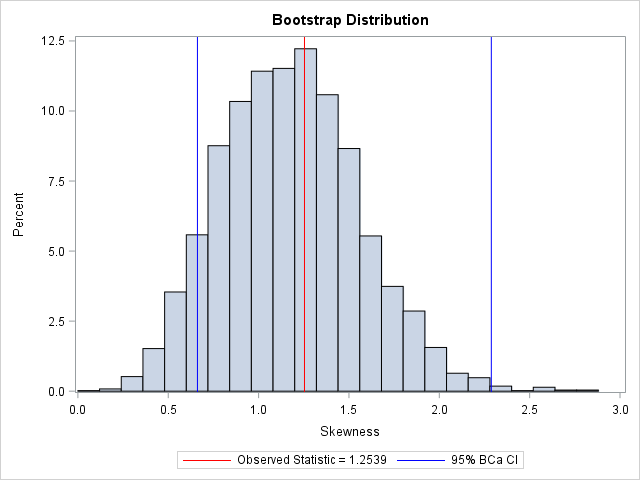I wrote more than 100 posts for The DO Loop blog in 2017. The most popular articles were about SAS programming tips, statistical data analysis, and simulation and bootstrap methods. Here are the most popular articles from 2017 in each category.
General SAS programming techniques
- INTCK and INTNX: Do you use dates in SAS? Then you've probably needed to compute the number of time intervals (days, weeks, years) between two dates or the date that is a specified number of time intervals before or after a given date. The INTCK and INTNX functions in SAS make these date-related tasks easy.
- PUT and %PUT: The PUT and %PUT statements are two of the simplest statements in SAS. They write information to the SAS log. This post shows how to get the PUT and %PUT statements to display arrays, name-value pairs, and more.
- LEAVE and CONTINUE: An iterative loop is one of the simplest programming constructs. Did you know that you can use the LEAVE and CONTINUE statements in SAS to exit a DO loop or go immediately to the next iteration when some condition is satisfied?
- ODS OUTPUT: The ODS OUTPUT statement enables you to store any value that is produced by any SAS procedure. You can then read that value by using a SAS program. This is a highly useful tool for statistical programmers.
Statistics and Data Analysis

- M&M Colors: It's no surprise that a statistical analysis of the color distribution of M&M candies was one of the most popular articles. Some people are content to know that the candies are delicious, but thousands wanted to read about whether blue and orange candies occur more often than brown.
- Interpretation of Correlation: Correlation is one of the simplest multivariate statistics, but it can be interpreted in many ways: algebraic, geometric, in terms of regression, and more. This article describes seven ways to view correlation?
- Winsorize Data: Before you ask "how can I Winsorize data" to eliminate outliers, you should ask "what is Winsorization" and "what are the pitfalls?" This article presents the advantages and disadvantages of Winsorizing data.
Simulation and Bootstrapping

- Choose a random number seed: How should you choose a seed value to initialize a random-number generator? Are some seeds "more random than others"? Should you use your birthday or phone number? This article discusses how to choose a seed for generating random numbers.
- Run 1000 Regression Models: In data analysis, you might need to run many one-variable regression models. This situation also arises in simulation studies. Regardless of the source of the data, this article shows how to run thousands of regression models without using a macro loop.
- Construct a BCa Interval: Sometimes I can predict that an article will be popular. Other times I am surprised. I did not anticipate that thousands of people would want to read about how to construct a bias-corrected and accelerated (BCa) bootstrap interval in SAS.
Was your New Year's resolution to learn more about SAS? Did you miss any of these popular posts? Take a moment to read (or re-read!) one of these top 10 posts from the past year.

3 Comments
Thanks for sharing. It is informative and useful.
This is very helpful. Thanks for sharing.
Thanks for sharing and it was really helpful.